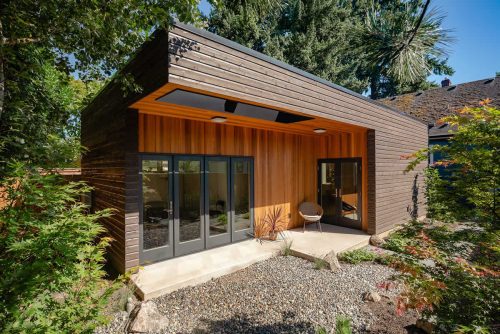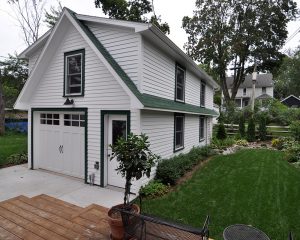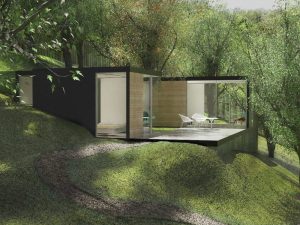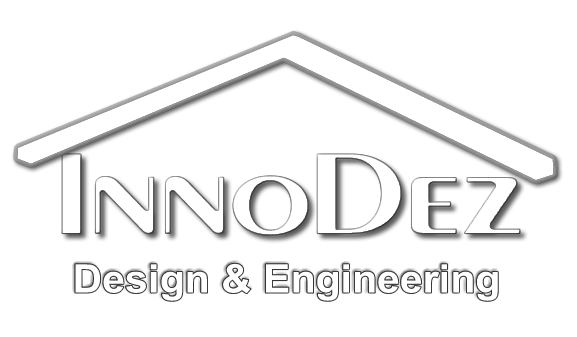
ADU Design: Are you planning to add extra living space to your property? Whether for rental income or additional family space, an Accessory Dwelling Unit (ADU) is the perfect solution. Explore expert insights and creative solutions to elevate your ADU design for both style and functionality.
ACCESSORY DWELLING UNITS
An ADU refers to secondary living space on private property. Some ADUs are fully-functional, separate homes with complete kitchens, living areas, and bathrooms. While others link to the current house. Such units only have sleeping spaces, kitchenettes, and bathrooms. These units are ideal for optimizing your property’s space. Moreover, they provide more functionality as well as lifelong resale value.
Connecting the utilities such as water and electrical mains, as well as sewage discharge pipe, is a major issue to consider when planning for the construction of either a residential or commercial building. Cities prefer ADU vs. new build since connecting utility lines to them are much more feasible since they are already there.
In the USA, there is a crisis of affordable housing in some areas, especially across the West Coast cities. This means that the rate of building houses is lagging behind the demand. As a result, the cost of existing homes is increasing.
ADUs appear to be the solution to this challenge. Building an extra house on the property also allows homeowners to maximize land use.
Most people prefer houses that are close to schools and other essential amenities. Yet, living in such places is very costly. With ADUs, renters are able to get affordable housing in those expensive places.
For that, cities are seeing ADUs as a quick way of addressing the issue of affordable housing. For instance, California and Washington State recently set new ADU rules. These rules enable homeowners to build ADUs on their property with ease.
Exploring ADU Design: Unveiling the Different Types of Accessory Dwelling Units
In general, there are two types of ADU (Accessory Dwelling Units); detached and attached.
An attached Accessory Dwelling Unit attaches within the primary structure. This can be garage conversion, house addition, an attic, or basement conversion.
A detached Accessory Dwelling Unit is a separate unit. It’s usually built in the property’s back yard. This can be a cottage or a small house with no link to the main house. Detached ADUs are more expensive than attached units.
Site Planning
The first step we take when getting appointed for your ADU design process is listening carefully to your needs. We need to understand your ideas and be aware of your budget before the drafting of the plan begins. Our goal is to deliver an ADU that maximizes your space and keeps your energy costs down meeting your satisfaction.
Design & Structure
As part of our ADU design, our team will keep constant communication with you and explain the best use of space in your facility through defining your requirements into technical specifications and standards. We will provide you with the best layout for the space available. Understanding your needs and current and future usage of the ADU.
Code Compliance
We prepare our plans based on the regulations and licenses that must be obtained to continue running a smooth construction process. Let us help you design a compliant facility that is always up to date with changing approaches and standards while enabling you to build your dreams.
Energy Efficiency
Construction cost includes the cost incurred when you start using the finished space. For that reason, you have to consider efficiency. Consider things like beefed-up insulation and double-pane glass windows. They will help you to save money on water and energy bills.
Efficiency involves more than structural elements. If you have a kitchen in ADU, consider the appliances with energy-saving models. Simple options like installing water-efficient appliances will also cut down your utility bills.
You can also consider alternative energy options when building your new ADU. This includes options like solar panels, wind turbines, and solar hot water. You don’t even have to use these options to power your entire ADU to see significant savings. Instead, most homes combine wind or solar power with back-up grid power.



